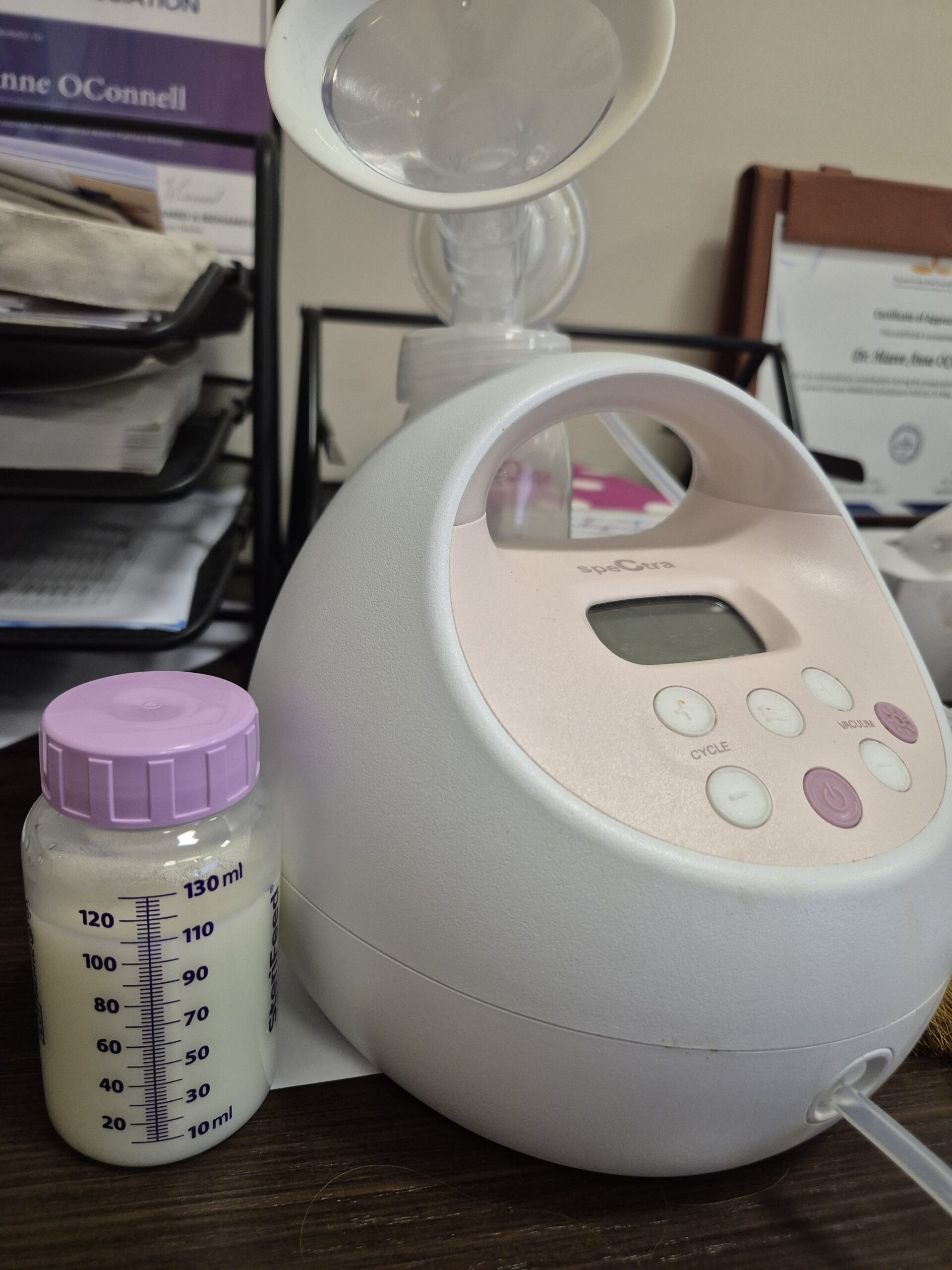Breastfeeding doesn’t always come ‘easy’ to everyone and without the right knowledge and support, many mothers breastfeeding journey may end suddenly or sooner than they’d hoped.
As a breastfeeding mother and Paediatric Nurse there are many questions I get asked again and again about breastfeeding.
One topic which people always ask me for support on is… “I haven’t got enough milk supply for my baby.” “My baby is hungry” “I can’t fill my baby” “How can I produce more milk”.
My 5 breastfeeding basics
By sharing my top five breastfeeding basics, I hope to help dispel common myths and help people get breastfeeding off to the best possible start.
1. Firstly, breastfed babies have a higher level of beneficial gut bacteria (1) which sets them up for life to fight off many stomach bugs and other childhood illnesses.
2. Breast milk is easily digestible as it contains all the relevant nutrients that your baby needs (2). Yes, this often leads to more frequent feeding than if formula feeding but it is nothing to be concerned about. It’s recommended to follow your baby’s cues and feed responsively rather than trying to space feeds out and/or scheduling them.

Breast milk is easily digestible as it contains all the relevant nutrients that your baby needs.
3. In the early stages of breastfeeding, your body is adapting to the right amount of milk your baby needs. Every time your baby feeds from you, it’s signalling to your body to make more milk. Try not to pump unless absolutely necessary as this will cause your body’s milk production confusion.
4. You may have heard people talking about two kinds of milk – foremilk and hindmilk. Typically, foremilk is mostly water combined with other nutrients, and hindmilk is highly fatty. This can make many people think that the longer their baby feeds for, the better. But the most important thing is that your baby is removing milk effectively from the breast – and this could vary from 5 minutes to 40 minutes! Both foremilk and hindmilk contain lactose that your baby needs to develop properly so don’t get too hung up on the length of feeds.
5. During the evening and through the night you may find baby is attached to the breast for a continuous amount of hours, referred to as cluster feeding. This can be tiring and sometimes difficult but there is a perfectly wonderful reason why it happens. You see, overnight, your prolactin levels – the hormone designed to support milk production – are at their highest. Thus, regular feedings help ramp up your milk supply for the night. In addition to that, night-time breastmilk contains high levels of melatonin (3) which is the hormone needed for sleep – helping both mama and baby relax and fall asleep.
I hope you found my breastfeeding basics useful reading! My aim is always to raise awareness and empower women to breastfeed.
Sources
(1) https://onlinelibrary.wiley.com/doi/10.1111/apa.15534



















